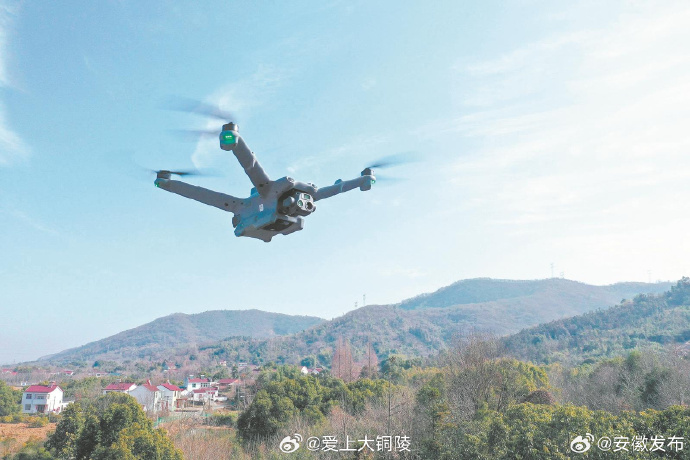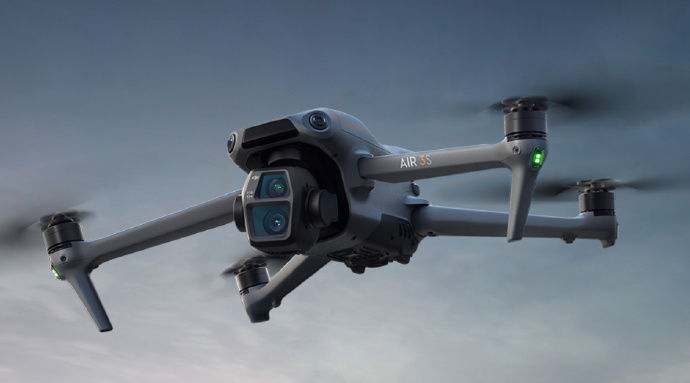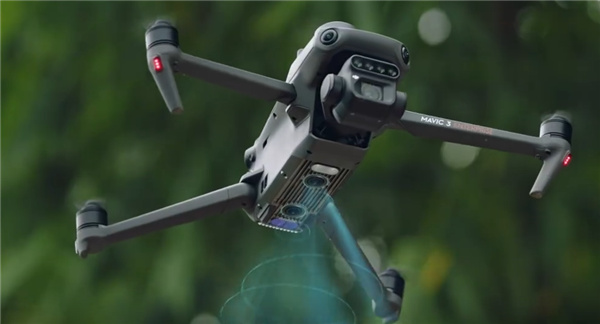Revolutionizing Aerial Capabilities with Claw-Equipped Camera Drones
The world of drones continues to expand, offering new technology and capabilities that cater to various industries and interests. One of the latest advancements is the integration of claws with drones, coupled with cutting-edge camera technology. These drones with claws and cameras are designed to perform complex tasks and capture high-quality images from previously unreachable angles.
What Are Drones with Claws and Cameras?
Drones featuring claws and cameras are remote-controlled aerial vehicles equipped with mechanical claws that can grab, hold, and manipulate objects. This innovation allows drones to take over tasks that involve picking up or moving small items, contributing significantly to sectors such as agriculture, disaster management, and logistics. The integrated camera technology enables these drones to capture HD images and live video feeds, allowing operators to monitor environments in real-time.
The Mechanism Behind Claw-Equipped Drones
The claws on drones are engineered to be lightweight yet durable, ensuring the drone’s flight is not affected significantly. These mechanical arms generally have sensors that help in understanding the grip force needed for different objects. The claws can be used for everything from wildlife rescue operations to maintenance tasks in hard-to-reach areas, demonstrating the versatility these drones provide.
Camera Features That Enhance Functionality
In addition to the claw feature, drones are often equipped with high-resolution cameras capable of capturing detailed images in low-light conditions or adverse weather. The cameras are typically mounted on gimbals, providing stabilization and ensuring crystal-clear imagery. This allows for detailed mapping, surveying, and security applications, making drones with claws and cameras indispensable in various fields.

Applications of Claw and Camera Drones
In agriculture, such drones can help monitor crop health, identify pest infested areas, and even plant seeds in hard-to-reach places. Disaster management teams can use claw drones to deliver essential supplies to stranded individuals or to safely remove debris after a natural disaster. In logistics, they can assist in warehouse management by picking and placing items, thus reducing labor costs and improving efficiency.

The Future of Drone Technology
The development of drones with claws and camera capabilities suggests a promising future with even more innovative applications. As technology progresses, we can expect drones to evolve further, providing services we might not have thought possible a few years ago. From advanced surveillance systems to highly specialized industrial applications, the potential seems limitless.
FAQ:
Are these drones available for personal use?
Most claw-equipped camera drones are designed for professional use, but consumer versions are anticipated as technology becomes more accessible.
Do claw-equipped drones require special permissions to operate?
Yes, depending on the region, operators may need specific licenses or permits to use drones, especially in restricted areas.
Can these drones work in extreme weather conditions?
Many claw-equipped camera drones are built to function in diverse climates, although extreme conditions may still pose limitations.
